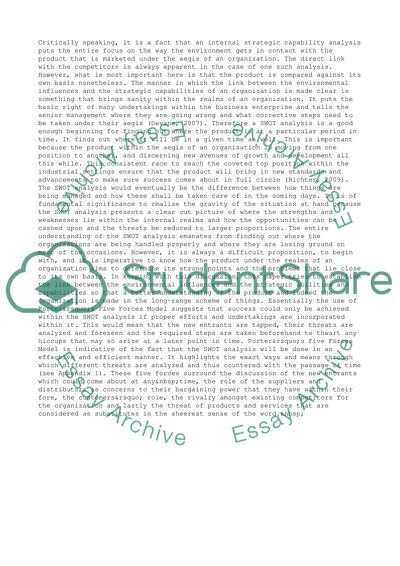Cite this document
(The Environmental Influences and the Strategic Capabilities of an Orga Case Study, n.d.)
The Environmental Influences and the Strategic Capabilities of an Orga Case Study. Retrieved from https://studentshare.org/management/1434782-a-swot-analysis-explores-the-relationship-between
The Environmental Influences and the Strategic Capabilities of an Orga Case Study. Retrieved from https://studentshare.org/management/1434782-a-swot-analysis-explores-the-relationship-between
(The Environmental Influences and the Strategic Capabilities of an Orga Case Study)
The Environmental Influences and the Strategic Capabilities of an Orga Case Study. https://studentshare.org/management/1434782-a-swot-analysis-explores-the-relationship-between.
The Environmental Influences and the Strategic Capabilities of an Orga Case Study. https://studentshare.org/management/1434782-a-swot-analysis-explores-the-relationship-between.
“The Environmental Influences and the Strategic Capabilities of an Orga Case Study”, n.d. https://studentshare.org/management/1434782-a-swot-analysis-explores-the-relationship-between.


